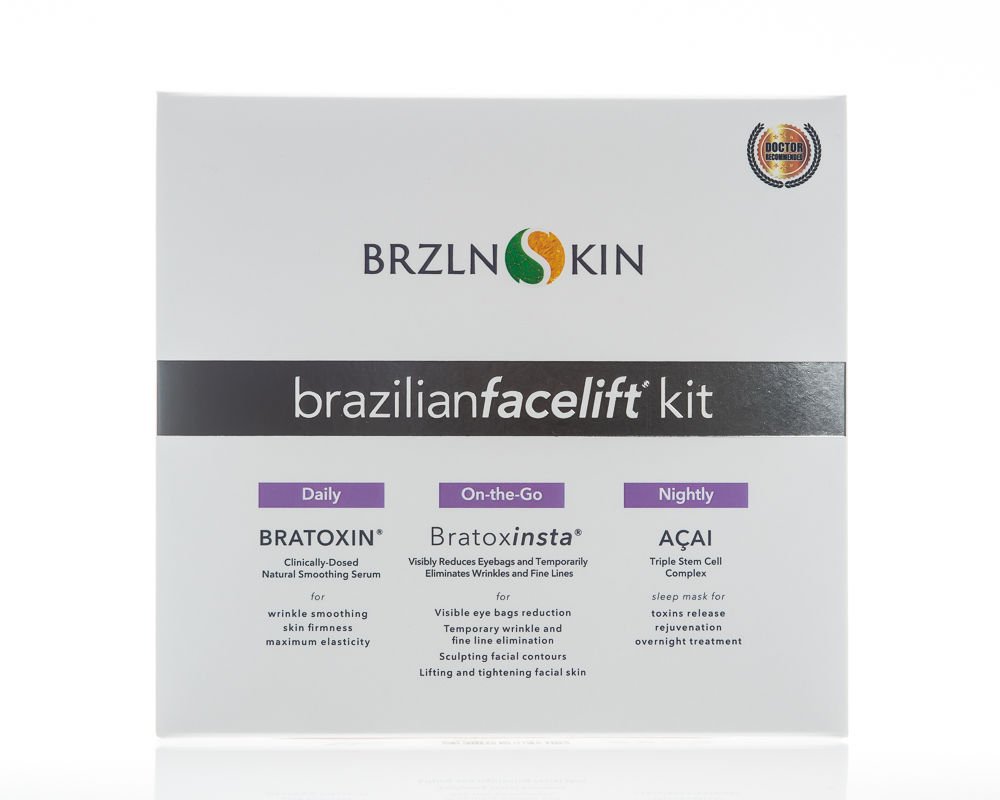Wrinkles are part of our lives as they must emerge as we continue to age. In some cases, wrinkles may emerge at early ages compared to other people. However, we cannot totally prevent these wrinkles from appearing they must appear at one time in our lives. It’s a fact that many of us to fear the idea of aging especially having wrinkles on their body parts. There are so many types of wrinkles which have been revealed by experts; one of the common ones is the athropic wrinkles. Below is an overview of these wrinkles and how you can minimize them.
Meaning of athropic wrinkling
Although it may seem to be complicated, athropic wrinkling is a condition where your skin wrinkles due to weakening. For you to understand this type of wrinkling below is overview as revealed by wrinkling experts.
Skin atrophy refers to how the dermal and epidermal lose their thickness after a certain age. This condition can also be caused by skin-pumping fat, loss of subcutaneous layer and regression of the sebaceous glands.
Some of the unique things which describes athropic wrinkles are:
-
The usually appear as fine lines. • They are static meaning they are not caused by gravity. • They usually appear parallel to each other.
When you have a young skin, you will realize that the creases which are usually caused by some positions will appear some minutes when you wake up and try to move around. When you age, your skin will be weakened due to continued collagen loss, thereby making the static wrinkles to remain.
Another thing which will show that you have athropic wrinkles is that they will disappear once your skin is stretched as you change your body posture. This is an indicator that the creases are due to loss of the youthful elasticity and springiness of the skin.
The athropic wrinkles may emerge in various areas of the body and face. One of the common athropic wrinklings are the mirrored creases which show up on the woman’s busty décolletage especially in the morning.
Preventing athropic wrinkles.
-
Since these wrinkles are caused by gravity instead of motion, if you attempt to use injectables for instance botox, you will not achieve the smooth feel. The best thing that you can do to limit these wrinkles is by delaying the loss of the underlying collagen pigment from being damaged by the environment and sun. Therefore you must ensure that the areas where these wrinkles may frequently emerge for instance sides of your face and décolletage are slathered regularly in sunscreen.
-
In addition to this, you will realize that a skin which is regularly moistened has low chances of wrinkling, therefore you must apply an ointment after you take a shower or wash your face. During this period your skin has high chances of absorbing moisture.
-
If you have mild cases of athropic wrinkles, you must add a BHA lotion to your regimen. Through this, you will be able to encourage cell turnover by using this natural exfoliant. You must also know that these exfoliants will make your skin to be more sensitive to sunlight.
-
In case if you apply these over the counter products and you realize that they are not effective, then you can visit your doctor. The doctor can recommend a chemical peel or laser treatment in dealing with these wrinkles.
-
However, you must be aware that this process will only smoothen the outer layers of your skin and replacing any lost volume. But prevention is the main idea behind the athropic wrinkling.
Finally, you should not wait until you start to age, try to take for it at an early stage so that you can limit athropic wrinkles from developing at early ages. It’s also good for you to protect your skin, especially in harsh elements by wearing sunscreen and protective clothing. You must know that the harsh rays from the sun will be worse after you get in contact with water.
You must make sure that you properly clean, moisturize and tone your skin daily at night before you sleep and morning when you wake up. You can also minimize aging, especially around your eyes by using eye creams.
Read more: Elastic Creases




